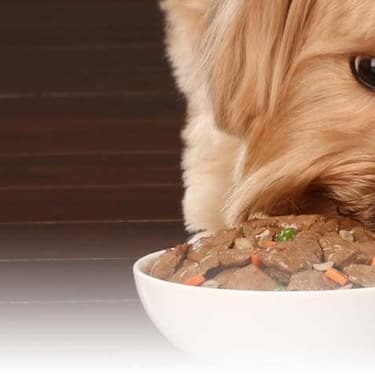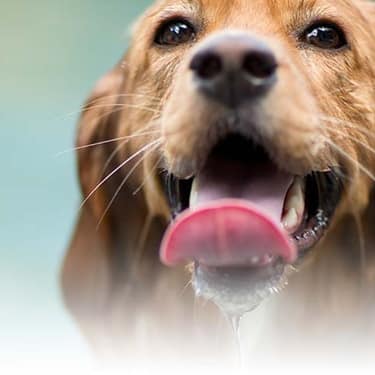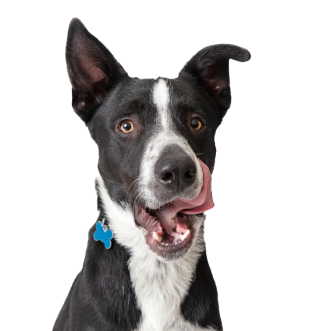
-
Find the right food for your petTake this quiz to see which food may be the best for your furry friend.Find the right food for your petTake this quiz to see which food may be the best for your furry friend.Health CategoryFeatured products
 Adult Oral Care Small & Mini Chicken, Rice & Barley Recipe Dog Food
Adult Oral Care Small & Mini Chicken, Rice & Barley Recipe Dog FoodClinically proven kibble technology to reduce plaque & tartar build-up, specially designed for small & mini dogs
Shop Now Adult Small Bites Chicken & Barley Recipe Dog Food
Adult Small Bites Chicken & Barley Recipe Dog FoodSupports lean muscle for dogs who prefer smaller kibble
Shop Now Adult 7+ Small Bites Chicken Meal, Barley & Rice Recipe Dog Food
Adult 7+ Small Bites Chicken Meal, Barley & Rice Recipe Dog FoodSupports energy level and beautiful coat in mature dogs who prefer smaller kibble
Shop NowFeatured products Adult 7+ Tender Tuna Dinner Cat Food
Adult 7+ Tender Tuna Dinner Cat FoodWith delicious chunks in a decadent gravy
Shop Now Adult Chicken & Spinach Casserole Cat Food
Adult Chicken & Spinach Casserole Cat FoodWith delicious chunks in a decadent gravy
Shop Now Sensitive Stomach & Skin Chicken & Beef Dinner
Sensitive Stomach & Skin Chicken & Beef DinnerGourmet daily nutrition, carefully made. Tasty chunks with chicken & beef in a decadent gravy. Supports digestive health, nourishes skin and promotes a lustrous fur.
Shop Now -
DogCat
- Cat Tips & Articles
-
Health Category
- Weight
- Skin & Food Sensitivities
- Urinary
- Digestive
- Kidney
- Dental
- Serious Illness
-
Life Stage
- Kitten Nutrition
- Adult Nutrition
Featured articles Pet Food Storage Tips
Pet Food Storage TipsWhere you store your cat and dog food can make a big difference in the quality and freshness once it is opened. Here are some common questions and recommendations for optimal storage for all of Hill’s dry and canned cat and dog food.
Read MoreHill's Australian Bushfire EffortsRead More Water
WaterWater is the most important nutrient of all and essential for life. Animals can lose almost all their fat and half their protein and still survive, but if they lose 15% of their water, it will mean death.
Read More -


Does dog food taste really matter, or should you only be concerned about nutrition? Actually, both matter when it comes to feeding your pooch. Assessing nutrition can be done by checking the label, but checking the taste of dog food luckily doesn't require you to grab a spoon yourself! Here's how you can figure out what dogs really want at dinnertime.
Taste Differences in Wet and Dry Dog Food
Dogs have one-sixth as many taste buds as humans, PetMD says. So even though they are able to experience bitter, salt, sweet, and sour, the smell and the texture of what they're eating are mostly the determining factors of their excitement about what's on the menu.

There are two textures of dog food out there: wet and dry. For pet parents, there are benefits to both types. Wet foods give your dog more hydration, which is helpful for dogs that don't drink as much water as they should or dogs that live in hot climates. Wet food is also good for older dogs because it's easier to chew. Dry foods are generally a better option for dogs that like to graze all day long.
But what does your pup think? Wet food is more potent in taste, so he may be more drawn to the smell and taste of meat like beef. Others pups may be turned away from food that has a strong smell and gravitated towards something lighter, like a chicken and vegetable dish.
In order to determine which flavors your dog likes best, try to get free samples from your vet or local pet store or buy single cans. Once you find a few foods that meet your dog's needs and make his taste buds happy, consider implementing a nutrition routine–his favorite wet food in the morning and dry food at night, for example. Whichever food routine you choose, it is important to stick to feeding your pup a similar regimen even while trying out new foods so as to not upset his digestive system as transitioning foods improperly can lead to problems.


Tasty Tips
Ultimately your dog will tell you whether or not a food is good tasting. Like humans, some dogs are more finicky eaters and will choose to not eat a certain food that they don't find appetizing. This is where a couple of different flavors of the same nutritious food can come in hand, as you determine which he prefers. If you put down a new food and he doesn't eat it right away, don't take that as a necessary sign that he doesn't like the taste. It may just take him a couple of meals before he understands that this is his new regimine and he'll go back to devouring his food as he used too.
One More Bite
Finally, remember to always store wet and dry food properly, clean dog dishes after every use, and pay close attention to your pup's reactions to various smells. Always evaluate the dog food label for the nutrients your dog requires. Through a proper meal routine and careful attention to your dog's preferences, you can find food that he loves to eat and keeps him healthy for years to come.


Chrissie Klinger is an educator, writer and mother of two children, three dogs and three cats. Her dog Jake loves sitting on her lap every chance he gets! She enjoys living an active and eco-friendly lifestyle in rural Pennsylvania.
Related products

Supports healthy joints, lean muscle, and beautiful coat for large breed dogs

Supports lean muscle for dogs who prefer smaller kibble

Clinically proven kibble technology to reduce plaque & tartar build-up, specially designed for small & mini dogs

Supports energy level and beautiful coat in mature dogs who prefer smaller kibble
Related articles

As small and toy breed dogs age, their nutritional needs change.

Selecting the right food for your puppy is a key to quality nutrition and a long, healthy life., Learn more about how to select the right puppy food.

Extra pounds can cause problems for your dog's overall health. Learn the signs that your dog might be overweight, and what you can do to manage its weight.

Learn how today's wet dog food blends have gotten a face lift, and how you'll provide your dog the nutrition he needs in the form he loves.

Put your dog on a diet without them knowing
Our low calorie formula helps you control your dog's weight. It's packed with high-quality protein for building lean muscles, and made with purposeful ingredients for a flavorful, nutritious meal. Clinically proven antioxidants, Vitamin C+E, help promote a healthy immune system.
Put your dog on a diet without them knowing
Our low calorie formula helps you control your dog's weight. It's packed with high-quality protein for building lean muscles, and made with purposeful ingredients for a flavorful, nutritious meal. Clinically proven antioxidants, Vitamin C+E, help promote a healthy immune system.

